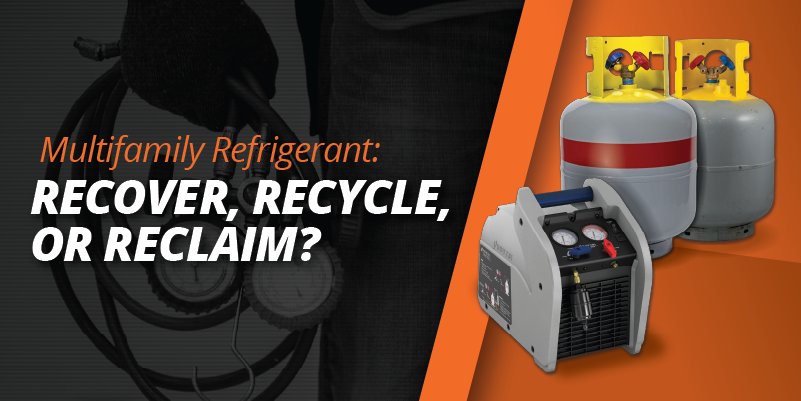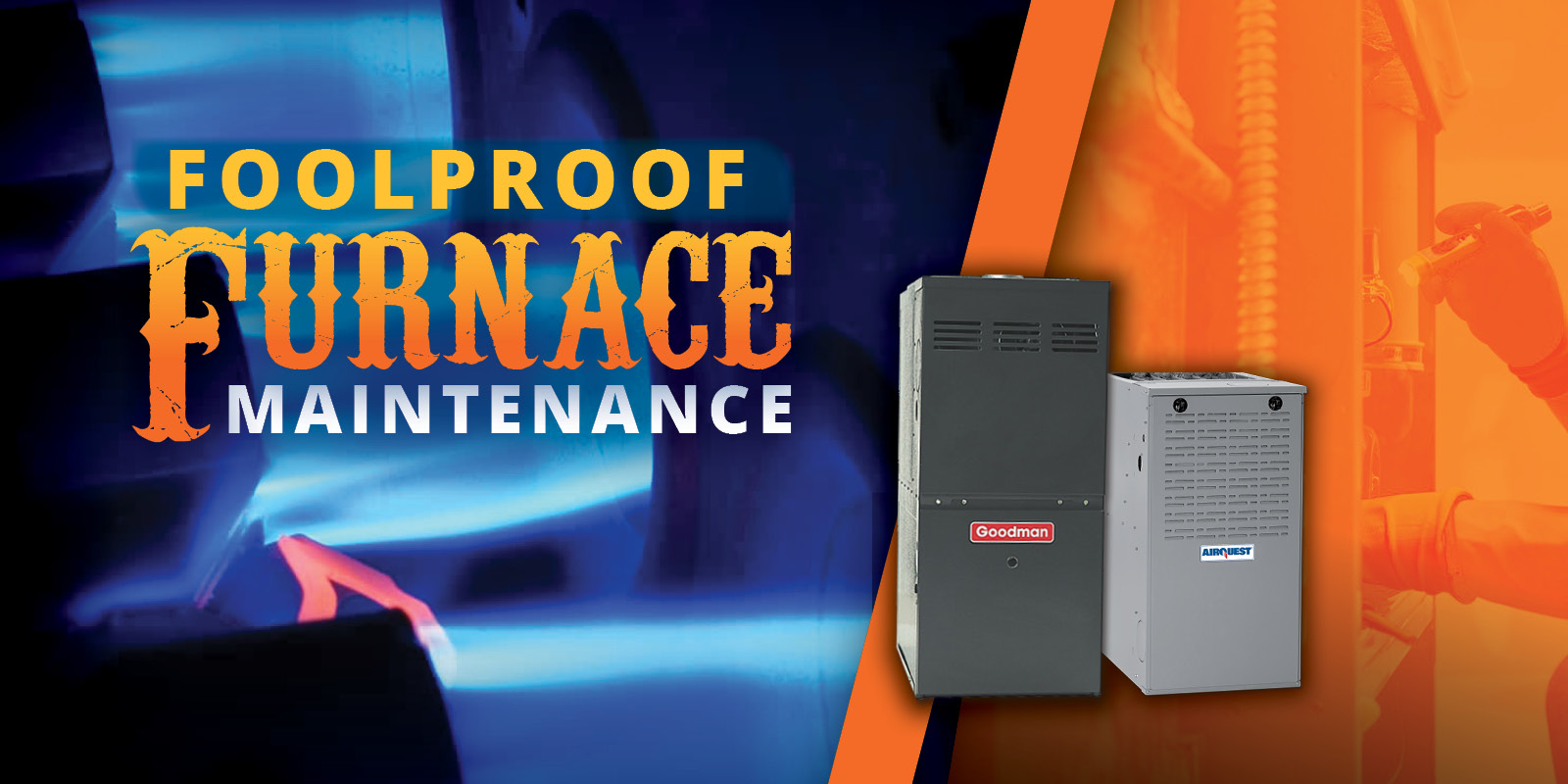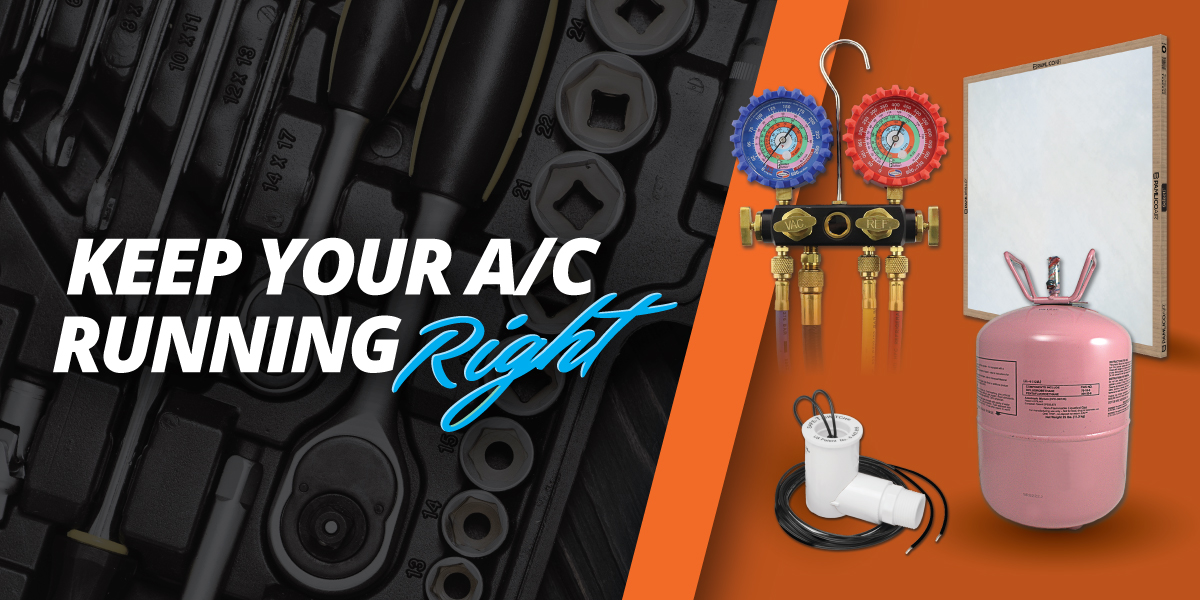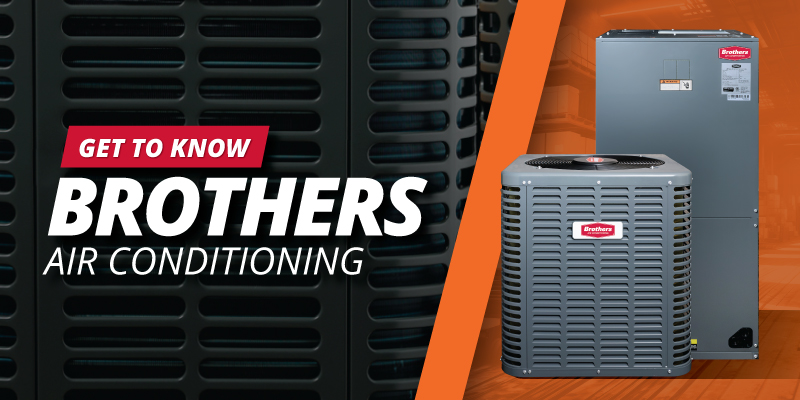Clearing a Clogged HVAC Drain Line
Is Your Air Handler Drain Line Clogged?
If an air handler is not working or shutting off, one of the most common causes is a clogged condensate drain line. A clogged drain line will cause condensate (water) to back up into the drain pan. If the air handler is not equipped with a properly installed Safe-T-Switch shut-off, the drain pan may overflow, causing water damage to the area around the handler and, in some cases, damage to the system.
Keeping the drain line free of clogs is an easy way to prevent what can become a much larger problem. Most air handler drain line clogs are caused by algae growth and debris in the pipe.
If water is not flowing freely, all obstructions must be cleared before the pipe will drain properly.
Clearing the Line
-
First, turn off the power to the system.
-
If necessary, empty the secondary drain pan using a wet/dry vacuum. Remove the paper filter from the vacuum BEFORE draining the pan.
-
Go outside and find the end of the condensate line (the discharge). Wipe the end of the discharge with a shop towel. Attach the vacuum hose to the discharge.
-
Turn on the vacuum. Let it run for 2 minutes. Disconnect the hose.
-
Check the water flow coming from the discharge line. It should flow freely, as a steady drip.
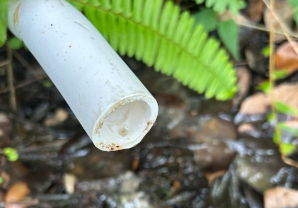
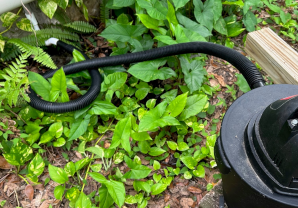
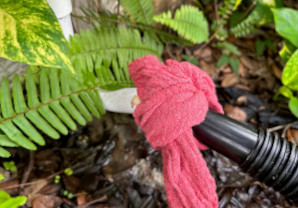
Condensate Discharge
Vacuum Attached
TIP: If the hose is too big, use a shop towel to hold the hose on the line.
-
If the obstruction has not cleared by using the wet/dry vacuum, an old method to clear the line was to flush the discharge with a water hose. There’s a better, more effective way that does not include adding more water into an already clogged line. A Gallo Drain Gun uses a pressurized air burst to force a drain clean, without the heavy air tanks some previous compressed-air drain guns required.
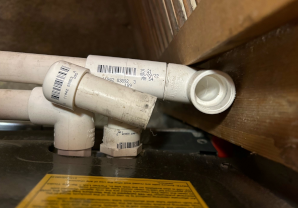
Drain cleanout with plug
- Load a CO2 cartridge (#107115) into the gun; the gun has a pin that punctures the cartridge as it is tightened down.
- Open the cleanout in the drain line; hold the conical rubber nozzle tight to the pipe opening.
- Make sure the red safety switch is off; squeeze the trigger.
- This should clear the line; repeat as necessary.
If the DRAIN GUN fails to clear the line, a more powerful option is a SLUDGE SUCKER/BLASTER (#107117). This tool uses compressed nitrogen to either pull the line clear from the discharge OR push the line clear from the cleanout. The sludge sucker comes as just the tool, or as part of a kit with multiple fittings and a regulator.
NOTE: Use this method ONLY after trying the shop vac first.
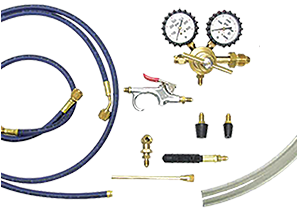
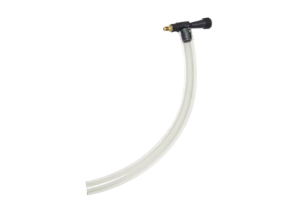
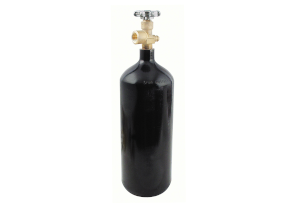
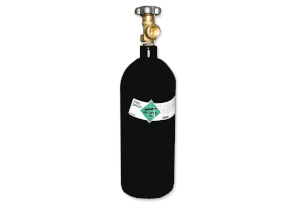
Sludge Sucker Kit with Blaster*
Sludge Sucker Only
Nitrogen Tank
Item #107231(20 CU FT)
or Item #107233(40 CU FT)Nitrogen Refill
Item #107097 (20 CU FT)
or Item #107232(40 CU FT)*Nitrogen sold separately.
-
Once the obstruction is clear, turn the power back on.
- If the air handler is equipped with an Overflow Shut-Off “Safe-T.-Switch” test the switch. Learn how to test the overflow shut-off switch here.
- When checking an in-line switch, there will usually be a little moisture in the line. This is normal, as long as it is flowing freely.
- Open the drain line plug; pour ¼ cup of distilled vinegar into the line. This will kill the algae in the line.
It’s a good idea to check the drain line clean out and overflow shut-off switch regularly. Checking these when switching air filters takes care of two important HVAC maintenance concerns at the same time.

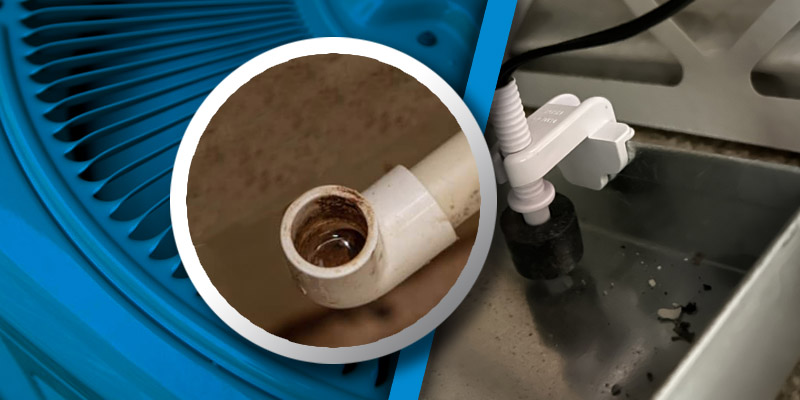
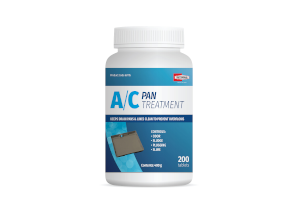

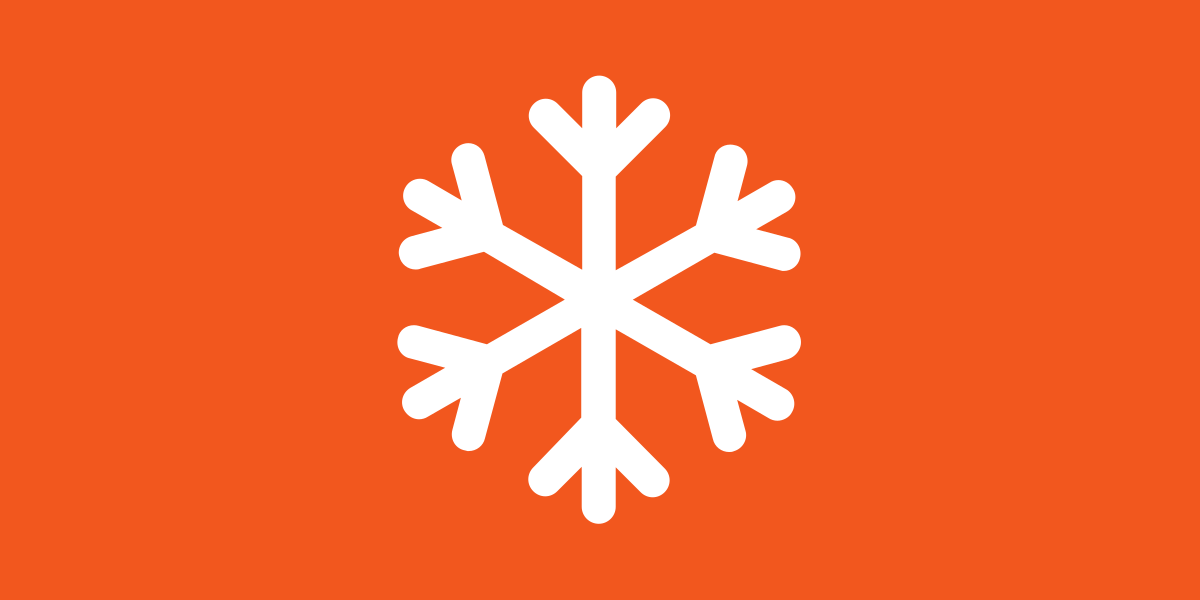
 MARKSMAN 2.5 PROFESSIONAL SERIES WET/DRY VACUUM
MARKSMAN 2.5 PROFESSIONAL SERIES WET/DRY VACUUM
 14/3 50' HEAVY DUTY EXTENSION CORD
14/3 50' HEAVY DUTY EXTENSION CORD
 CO2 POWERED 16G DRAIN GUN - CLEARS CONDENSATE DRAIN LINES
CO2 POWERED 16G DRAIN GUN - CLEARS CONDENSATE DRAIN LINES
 CO2 16G CARTRIDGES FOR DRAIN GUN - 12/PK
CO2 16G CARTRIDGES FOR DRAIN GUN - 12/PK
 RED SHOP TOWELS - 12/PK
RED SHOP TOWELS - 12/PK
